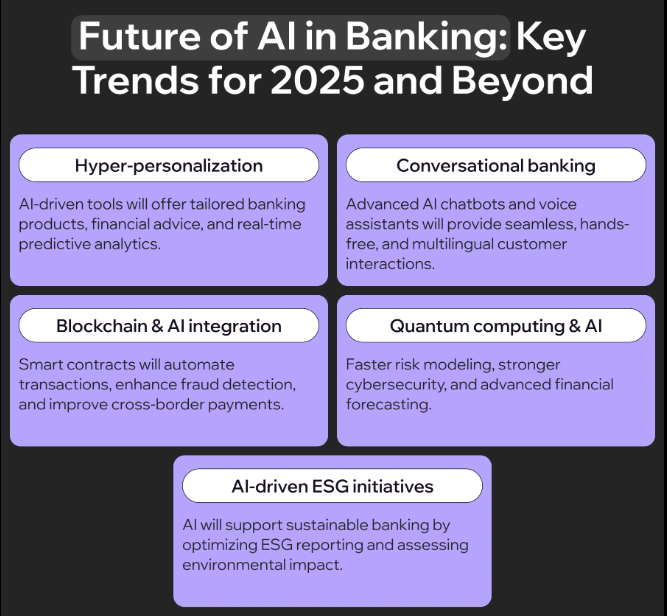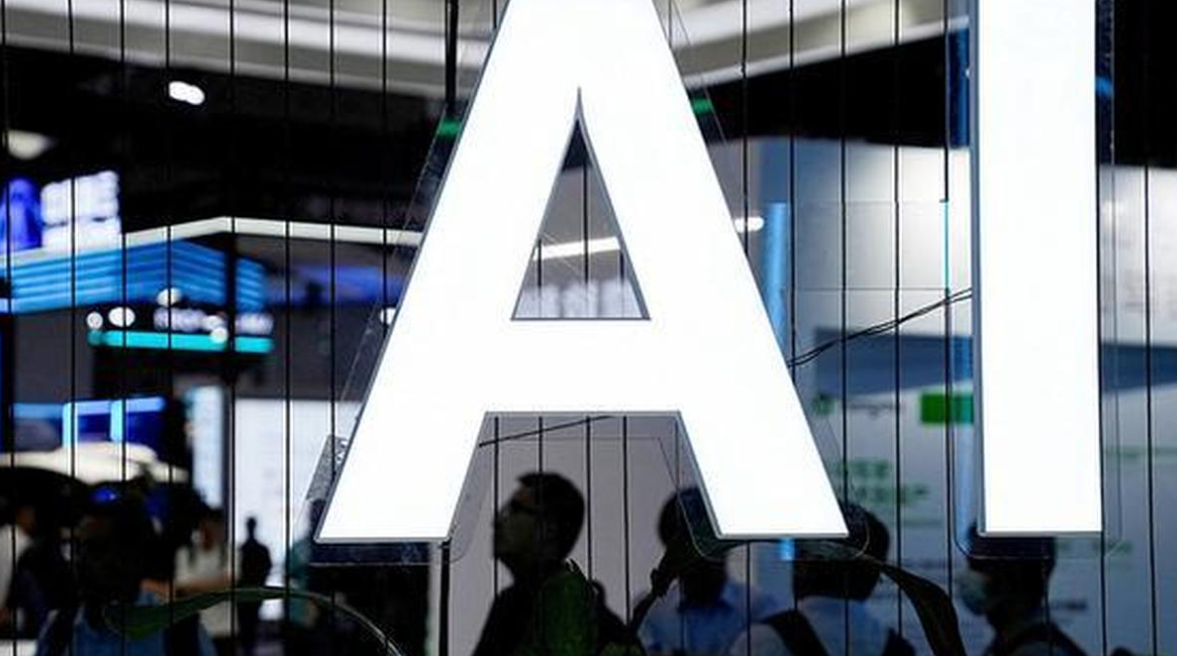Copyright infringement not intended
Picture Courtesy: The Hindu
Context:
AI has become central to banking operations, from loan approvals to risk assessment. But its speed and autonomy also bring new risks.
What is AI auditing in banking sector?
AI auditing in the banking sector is a systematic, independent review of AI systems used in banking to ensure they are safe, fair, and accountable. It evaluates how AI models are designed, tested, deployed, and monitored throughout their lifecycle.
In practical terms, AI auditing ensures that:
- Decisions are reliable: AI models make accurate predictions for loans, credit scoring, fraud detection, etc.
- Data is properly handled: Inputs are sourced ethically, consented, and documented.
- Risks are managed: Models are robust to errors, bias, or adversarial attacks, and any drift in performance is detected.
- Decisions are explainable: Banks can justify AI-driven outcomes to regulators, customers, and internal teams.
- Continuous monitoring exists: AI systems are supervised in real time, can be paused or corrected, and updated safely.
Current Status:
- Generative AI Adoption: A Reserve Bank of India (RBI) report indicates that generative AI has the potential to boost efficiency in India's banking sector by nearly 46%.
- Global Trends: A survey cited by S&P Global reveals that approximately one-third of financial services companies reported using generative AI as of January 2025, up from 21% the previous year.
- FREE-AI Framework: The RBI committee has proposed the Framework for Responsible and Ethical Enablement of Artificial Intelligence (FREE-AI) to foster AI adoption in India's financial sector while emphasizing risk management.
- NIST AI RMF 1.0: The National Institute of Standards and Technology (NIST) released the Artificial Intelligence Risk Management Framework (AI RMF 1.0) to help organizations manage AI risks and promote trustworthy AI development.

Picture Courtesy: Anadea
Role of RBI’s FREE-AI in banking:
FREE-AI stands for Framework for Responsible and Ethical Enablement of Artificial Intelligence. It is an initiative by the Reserve Bank of India (RBI) to guide banks and financial institutions on safe, fair, and auditable AI deployment. Its main role is to bridge regulatory gaps and provide practical guidance for AI governance.
Ensuring Ethical AI
- Promotes fairness, transparency, and accountability in AI-driven decisions.
- Ensures AI does not discriminate against customers or violate ethical standards.
Defining Model Ownership
- Specifies who is responsible for each AI system within a bank.
- Assigns accountability for errors, biases, and regulatory compliance.
Data Governance
- Mandates tracking data provenance and consent.
- Requires documentation of data sources, quality, and lifecycle.
Lifecycle Testing
- Encourages rigorous testing at every stage of an AI system: design, deployment, and monitoring.
- Focuses on robustness, fairness by segment, and performance under changing conditions.
Third-Party Accountability
- Requires vendor transparency and ensures that third-party AI systems meet the same standards as internal models.
Practical Auditable Controls
- Converts high-level ethical principles into actionable controls that banks can audit.
- Supports regulators and auditors in assessing AI compliance efficiently.
Implication:
- Ethical and Fairness Implications: Ensure AI-driven decisions are unbiased and equitable.
Examples: Loan Approval: AI models can unintentionally discriminate against certain demographics. Auditing ensures risk scoring is fair across gender, age, or region.
Customer Interaction: Chatbots should avoid biased language; auditing checks for inclusive communication.
Impact: Reduces reputational risk and ensures compliance with ethical standards.
- Regulatory Compliance: Ensure AI systems comply with laws and financial regulations.
Examples: Data Privacy: RBI’s DPDP Act requires proper consent for customer data. Auditing verifies AI models use data responsibly.
AI Risk Frameworks: RBI’s FREE-AI mandates auditable AI controls. Auditing ensures models follow guidelines for explainability and human oversight.
Impact: Minimizes legal penalties and aligns banking practices with government frameworks.
- Operational Efficiency: Improve bank processes while maintaining risk controls.
Examples: Fraud Detection: AI systems flag unusual transactions in real time. Auditing ensures detection thresholds are accurate and not generating excessive false positives.
Document Processing: AI reads millions of documents for loan approvals. Auditing ensures accuracy across languages and formats.
Impact: Increases speed and reduces manual effort without compromising reliability.
- Risk Management and Governance: Track AI decisions, define accountability, and mitigate operational risks.
Examples: Decision Logs: Auditing records every AI decision for later review, ensuring transparency.
Third-Party AI Tools: Auditing ensures external AI vendors comply with bank policies.
Impact: Strengthens trust among regulators, customers, and internal stakeholders.
- Data Governance and Security: Ensure data quality, provenance, and protection.
Examples: Data Lineage: Auditing checks where training data came from and ensures consent was obtained.
Data Privacy Controls: Auditing confirms encryption, masking, or anonymization practices are correctly applied.
Impact: Protects sensitive customer data and reduces exposure to breaches.
Challenges:
- Ethical and Bias Issues: Ensuring fairness across demographics and preventing discriminatory outcomes.
- Explainability: Deep models and generative AI often lack interpretable decision paths.
- Data Quality and Governance: Tracking provenance, consent, and completeness of training data.
- Model Drift: AI performance can degrade over time, requiring constant monitoring.
- Regulatory Gaps: Existing laws (like DPDP) do not fully cover AI behavior and automated decisions.
- Vendor & Third-Party Accountability: Ensuring external AI tools meet bank policies and audit requirements.
- Operational Complexity: Integrating auditing into daily workflows without slowing processes.
- Security & Privacy Risks: Protecting sensitive customer data while using AI systems.
Way Forward:
- Strengthen Regulatory Frameworks: Expand and update RBI’s FREE-AI framework to cover emerging AI technologies like generative AI and multimodal models.
- Promote Explainable and Ethical AI: Prioritize interpretable AI models for high-stakes decisions such as lending and credit scoring. Implement bias detection and mitigation tools to ensure fairness across demographics and customer segments.
- Enhance Data Governance: Maintain robust data provenance and consent mechanisms. Ensure data quality, privacy, and security through continuous auditing.
- Operationalize AI Auditing: Establish dedicated AI audit units within banks and NBFCs. Develop real-time monitoring systems to track model performance, drift, and anomalies.
- Encourage Innovation with Risk Controls
- Create AI sandboxes for testing new AI solutions without regulatory penalties.
- Promote indigenous AI development tailored to Indian financial markets.
- Balance innovation with pragmatic guardrails, avoiding the pursuit of perfect AI while maintaining safety.
- Capacity Building and Skill Development: Train personnel in AI ethics, governance, and technical auditing and foster collaboration between regulators, banks, and academia to develop best practices.
Conclusion:
AI in banking is not just a technological upgrade—it is a governance challenge that requires oversight, ethical standards, and continuous vigilance to unlock its full potential safely.
Source: The Hindu
|
Practice Question
Q. “The adoption of Artificial Intelligence in the banking sector has improved operational efficiency but also poses significant ethical and regulatory challenges.” Discuss (250 words)
|
Frequently Asked Questions (FAQs)
AI auditing is an independent, evidence-based review of AI systems throughout their lifecycle—design, development, deployment, and monitoring—to ensure ethical, transparent, and reliable operations.
- AI decisions affect loans, credit scoring, and risk management.
- Automated systems can create bias, errors, or unfair outcomes.
- Auditing ensures compliance, accountability, and public trust.
- FREE-AI stands for Framework for Responsible and Ethical Enablement of AI.
- It provides guidelines for ethical AI use in Indian banks, covering governance, risk management, data integrity, explainability, and accountability.









